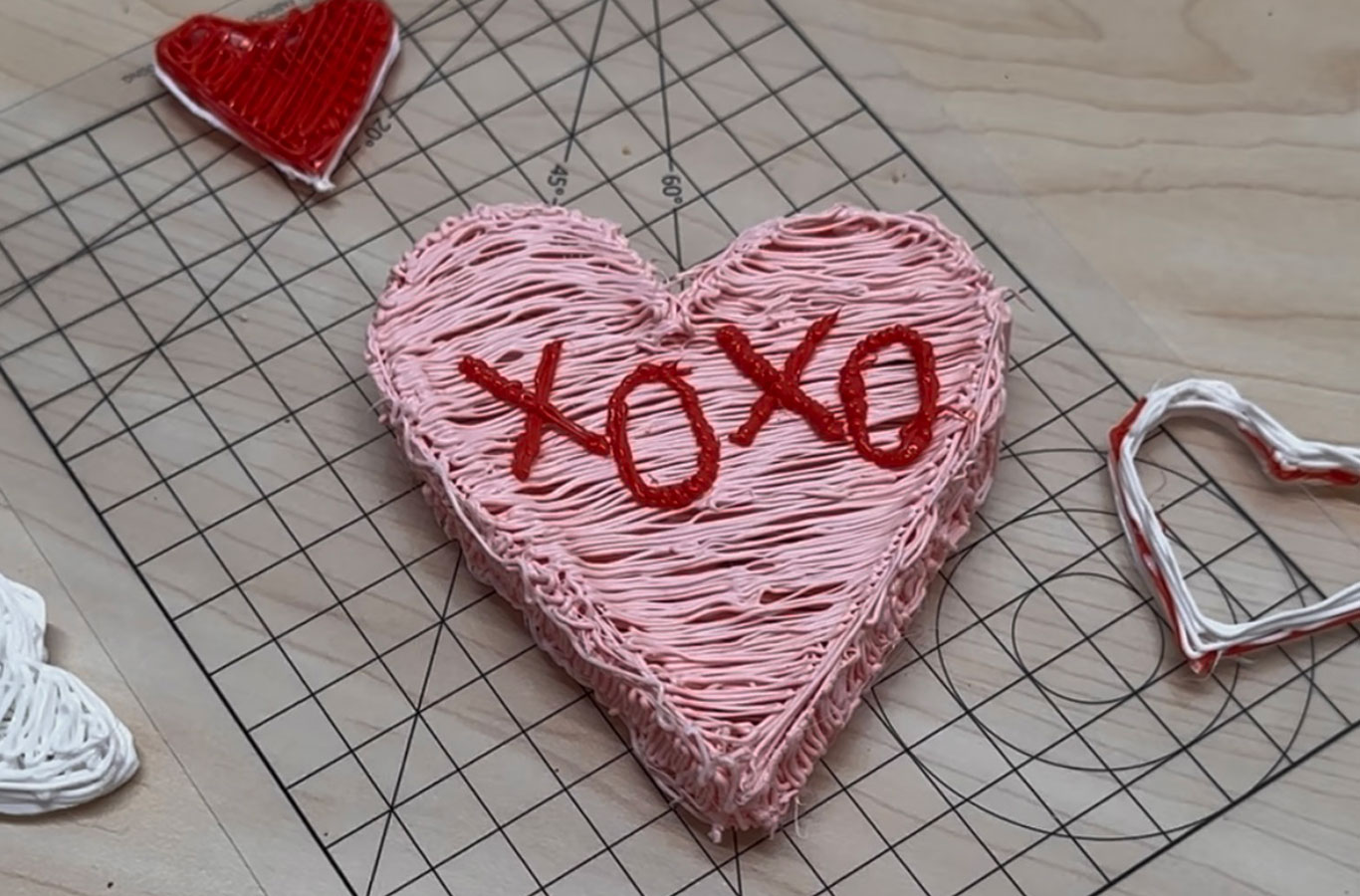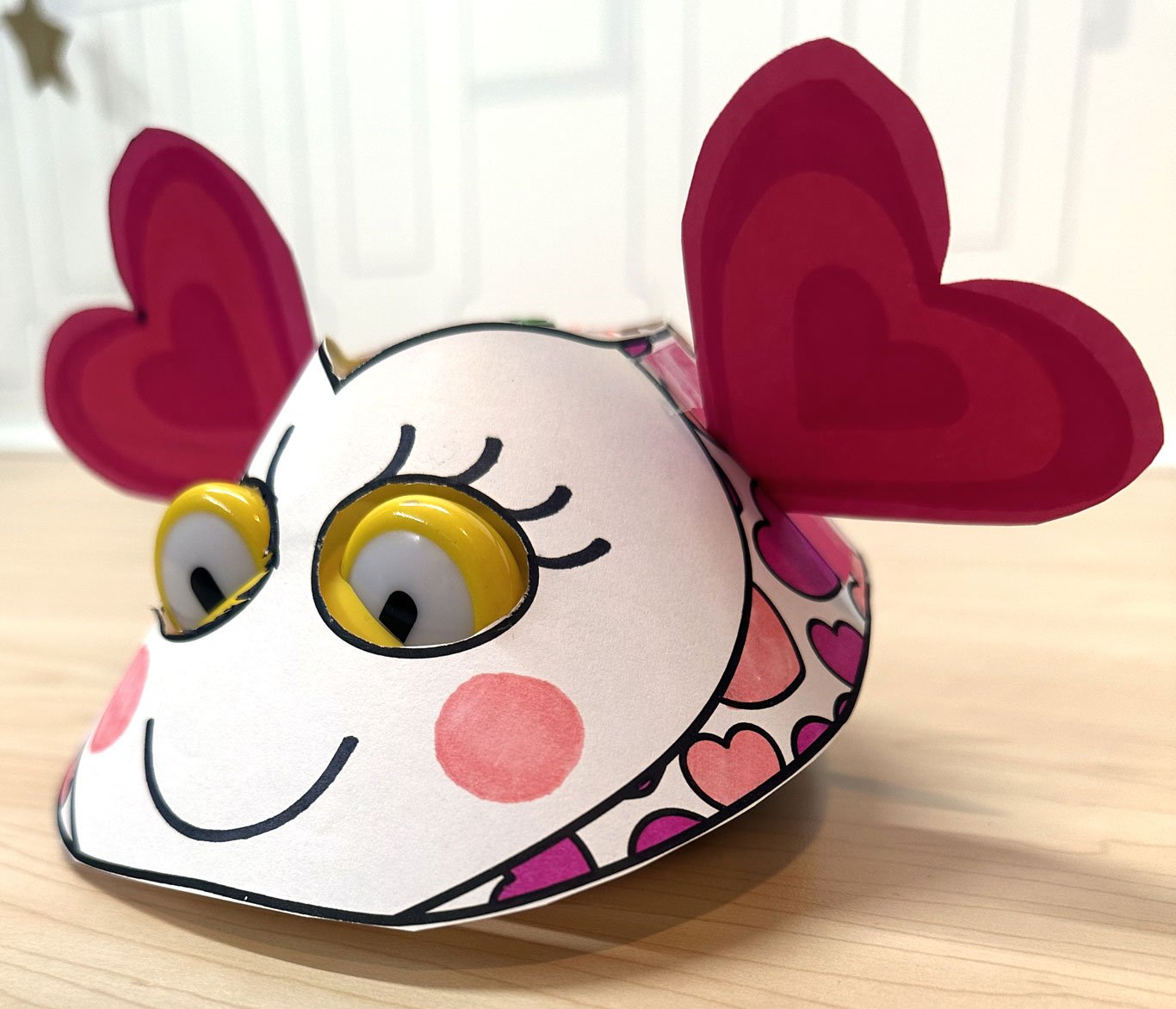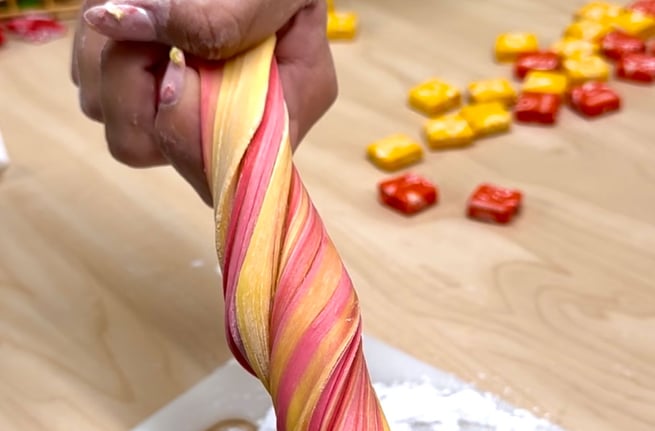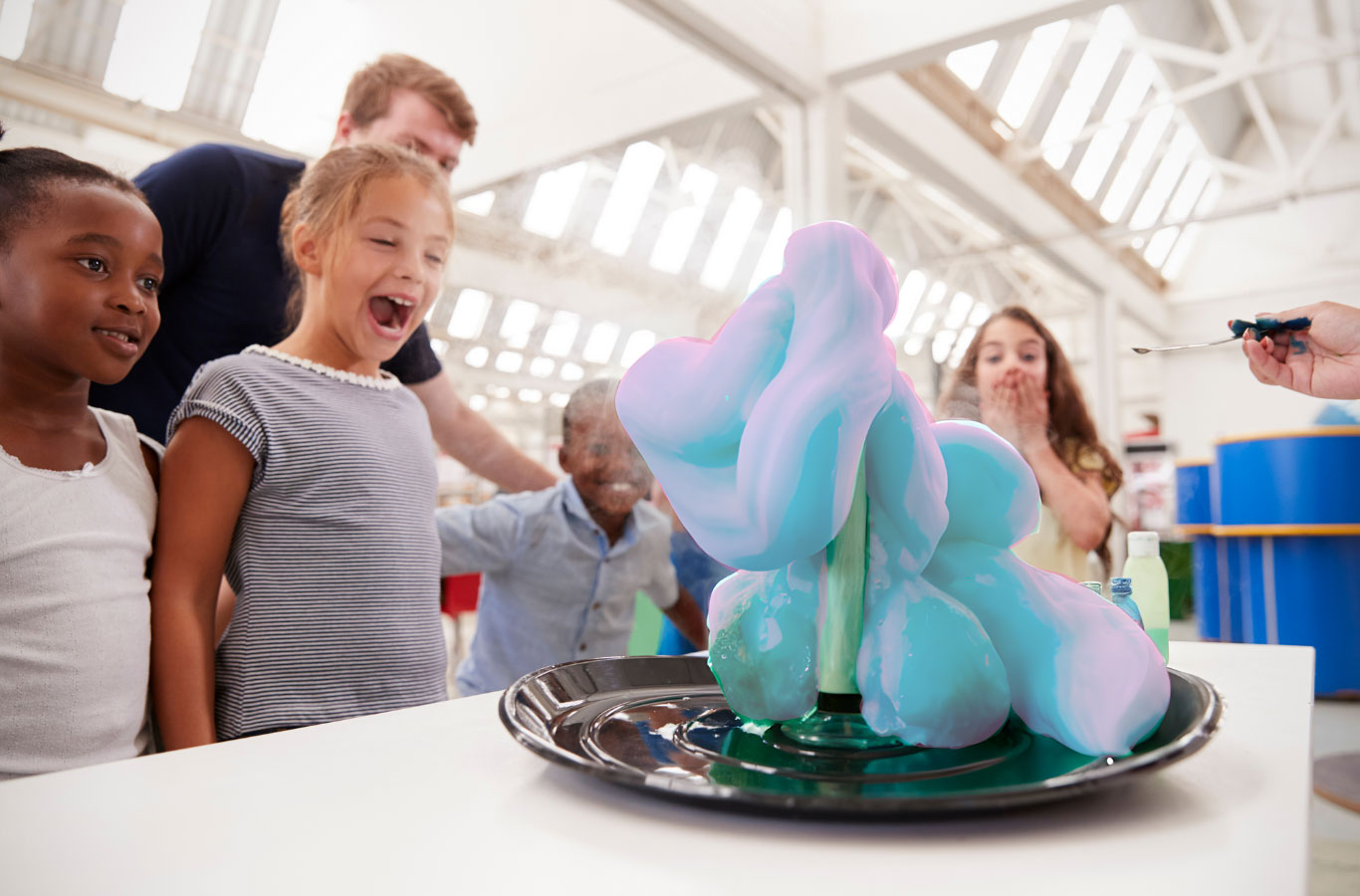As Valentine’s Day approaches this is a perfect opportunity to blend a little STEM into your classroom activities. By incorporating STEM-themed activities into Valentine’s Day celebrations, you can engage students in hands-on learning experiences while fostering creativity, critical-thinking, and problem-solving skills. From designing heart-shaped structures with 3Doodler to exploring the science behind fun, edible slime, these activities not only add an exciting twist to the holiday but also encourage a deeper understanding of STEM concepts in a fun and meaningful way.
Crafting STEM-Infused Valentine’s Day Activities Using Pitsco Products
Explore the array of engaging STEM activities we‘ve curated below, designed to infuse excitement and learning into your Valentine‘s Day celebrations! Whether you‘re a teacher, parent, or hobbyist, these activities promise to elevate your holiday experience!

3DOODLER CANDY HEARTS
In our first activity, students will have the opportunity to explore the intricacy of creating 3-D hearts using our 3Doodler pen! This hands-on experience not only allows for them to engage with new and fun technology, but it also leaves them with a tangible item to take home! Through the process of designing and constructing their own hearts, students will dive into principles of geometry, all while being able to participate in a fun Valentine’s Day activity.
Additionally, the use of a 3Doodler encourages problem-solving and critical thinking as students will have to navigate the challenges of manipulating three-dimensional spaces, and, if they’re feeling up to it, they can even add some fun Valentine’s decorations on top of it!
- Preparing your workspace: Set up a clean space with a flat surface, while also choosing your desired filament colors.
- Creating the heart shape: Using a stencil, trace a heart shape and fill it in.
- Making the heart 3-D: After you have a heart filled in, you can begin to build up the layers by filling in the heart again, or you can create another heart outline and then create a strip of siding that you will use to connect the two separate sides, making the heart hollow.
- Adding details: When your designed has cooled, add as many details as your heart desires, or try to make an “XOXO” like we did!
- The final product: After the heart has had time to cool and harden, it will then be ready for display.

BEE-BOT® TURNED LOVE BUG
In our second activity, students will have the chance to transform Bee-Bot® into a love bug for Valentine’s Day using a FREE cut-out template! This process will encourage engineering principles as students design and attach decorations, requiring problem-solving and creativity to make sure that Bee-Bot can still move around.
Students can then code their newly designed love bug to follow a predetermined path, navigate through a maze, or even engage in interactive storytelling, further enhancing their understanding of programming logic and problem-solving skills while bringing their love bug to life!
- Gathering materials: Collect your printed love bug template, as well as all your decorating supplies and tape.
- Design and decorating: Begin by coloring in your love bug outfit, and after you’re all done, you can cut it out and tape it together over your love bug.
- Personalize your love bug: Add your own unique touches to personalize your love bug either by cutting out heart-shaped wings from colored paper and attaching them to the sides of the Bee-Bot using glue/double-sided tape or by using pipe cleaners to create antennas!
- Test and play: After your love bug Bee-Bot is decorated to your liking, it’s time to test it out! Place it on a flat surface and program it to move around using the Bee-Bot’s controls.
STEM Love: DIY Valentine’s Day Projects for Creative Learning
Let‘s continue to fuel our passion for STEM fun! Dive into a plethora of exciting DIY projects guaranteed to captivate your students‘ imagination and foster their love for hands-on learning!

EDIBLE VALENTINE’S DAY SLIME
In our third activity, students will get to dive into some ooey-gooey fun with edible slime! This tasty treat, made entirely with Starbursts, not only brings a burst of Valentine’s Day excitement into the classroom but also serves as a fantastic way to integrate STEM learning.
Students will be able to discover the magic of chemistry and science by witnessing firsthand the states of matter, melting points, and chemical reactions. From observing the transformation of solid candy into stretchy slime to experimenting with color combinations, there’s no shortage of creative exploration. With each colorful swirl and squishy texture, students are not just having a blast; they’re also gaining valuable insights! So, grab your aprons and let’s cook up some edible science that’ll leave everyone craving more STEM fun!
- Gather materials: Collect Starbursts, cornstarch, and powdered sugar.
- Unwrap and prepare the slime: Unwrap the Starbursts and place them into different bowls depending on each individual color.
- Microwave melting: Microwave the Starbursts for 30-45 seconds, stirring every 10 seconds until smooth.
- Add cornstarch and powdered sugar: Place 1/4 cup of powdered sugar and 1/4 cup of cornstarch on a flat surface. Then, add in your melted Starburst. You will knead and roll this until you get the consistency that you like, but careful – it might be hot!
- Repeat: Repeat the above steps for every color of Starburst.
- Mixing the slime: After you have all the Starburst slimes done, you can begin to mix the colors to create a multicolored slime.
- Play and enjoy: Your edible slime is now ready to be played with and enjoyed! Have fun stretching, squishing, and molding your slime into various shapes, and don’t forget to taste it!
PINK ELEPHANT’S TOOTHPASTE
In our fourth activity, students will get to experiment with a batch of pink elephant’s toothpaste! This fizzy and frothy experiment combines the thrill of explosive reactions with the sweet hues of Valentine’s Day, making it the perfect blend of science and celebration.
As students combine hydrogen peroxide, dish soap, and food coloring, they’ll witness a spectacular eruption of foam! Not only does this colorful concoction demonstrate principles of chemistry and catalysis, but it also sparks curiosity and wonder, setting the stage for memorable learning experiences. So, let’s spread some love and STEM magic with our very own pink elephant’s toothpaste extravaganza! If you want a sneak peek, witness this spectacular eruption of foam!
- Gather your materials: Collect the necessary materials, including a large plastic bottle or flask, hydrogen peroxide (30 percent concentration), dish soap, food coloring (optional), dry yeast, warm water, safety goggles, and a tray or container to catch any overflow.
- Prepare the bottle: Set up your plastic bottle on a stable surface, preferably outdoors or in a well-ventilated area. Place the bottle on the tray or container to contain any spills.
- Mix the ingredients: In a separate container, mix the warm water and dry yeast until the yeast is fully dissolved. Set this mixture aside.
- Pour the hydrogen peroxide: Carefully pour the hydrogen peroxide into the plastic bottle. Add a few drops of dish soap to the hydrogen peroxide and swirl gently to mix.
- Add color: If desired, add a few drops of pink or red food coloring to the hydrogen peroxide mixture to give it that fun Valentine’s Day feel.
- Add the yeast mixture: After the hydrogen peroxide mixture is prepared, quickly pour the yeast mixture into the bottle. As soon as the yeast mixture meets the hydrogen peroxide, a reaction will occur, producing foam.
- Observe the reaction: Stand back and watch as the foam begins to expand and overflow from the bottle. This foamy eruption is known as “Elephant Toothpaste.”
This Valentine’s Day, let’s celebrate our love for learning with STEM. Through engaging activities such as crafting 3-D hearts and creating love bug Bee-Bots, students explore science, technology, engineering, and math in exciting new ways. These hands-on experiences are sure to spark curiosity, foster creativity, and inspire a lifelong love for STEM.
As educators, let’s continue to ignite passion and curiosity in our students, making every day a celebration of learning and love. Happy Valentine’s Day from all of us here at Pitsco! Spread the love this season by commenting and sharing STEM activities you’ve found successful in your classroom for other educators to try!
MORE RESOURCES:
TOPICS: Middle School, Elementary School, High School, IDEAS & INSPIRATION, STEM, Activities, Hands-on Learning, STEAM, Art, 3-D Printing, Early Childhood




